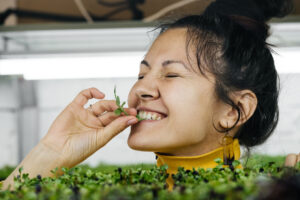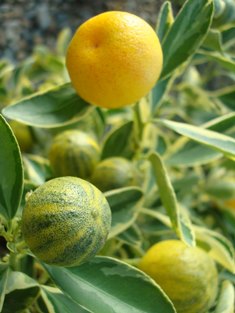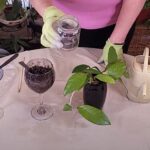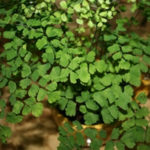Growing Fruits and Vegetables Indoors
If you lack outdoor space for a vegetable garden or live in a region with a short growing season, don’t give up on gardening. Growing your own fruits and veggies indoors is easy and has definite advantages. You can tend your indoor garden day or night. The homegrown produce is right at your fingertips, and you never have to deal with weather variations.
Follow these steps, and you’ll soon be picking tasty fruits and veggies from your indoor garden.

Choose an ideal location
Where you set up your indoor vegetable garden has a direct impact on its success. Opt for a location in your home that has good air circulation. Ideal locations include a corner of the kitchen, a sun-room or a basement, as long as the latter has sufficient lighting and ventilation.
Provide adequate growing room
Give plant roots room to spread with sufficient container space. Once plants have outgrown their nursery pots, they can be planted in larger containers.
In general, allow for an average of 2 gallons of container space per small vegetable plant, 5 gallons for large vegetable plants and 10 gallons of container space per fruit. This means you can plant two cucumbers in a 5-gallon pot, one cherry tomato plant in a 5-gallon pot and one citrus tree in a 10-gallon container.

Variegated calamondin (Photo, Monrovia)
Ensure proper lighting
Adequate lighting is the key to indoor fruit and vegetable gardening success. A sunny window may seem bright, but generally such a location will not give your plants enough light. This is especially true if the plants fruit.
To provide your indoor garden with sufficient light that will lead to a bountiful harvest, install a full-spectrum (T5) lighting system. You can find such lights in tubes or bulbs. Install the lighting system so that the lights are placed within 12 inches of the top of the plants. If the lighting is several feet away in the ceiling or at an angle from the plants, they will reach for the light, becoming spindly and weak and less likely to fruit.
Choose indoor garden plants wisely
When growing fruits and vegetables indoors, it’s important to be realistic. While it may not be impossible to grow a big pumpkin indoors, it’s highly unlikely.
Try fruits and veggies that produce small- to medium-sized produce. Good selections for your indoor vegetable garden are dwarf varieties of veggies like cherry tomatoes and baby cucumbers and carrots. Small fruits to try are calamondins, Kaffir limes, strawberries and kumquats. Produce that doesn´t fruit is also a good choice, such as lettuces and greens and culinary herbs like basil and thyme.ve





